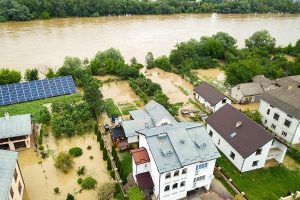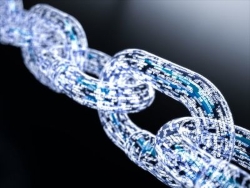
Improvements in citizen experience, employee experience, government business efficiency, and cybersecurity have been key goals of the Biden administration. At the same time, as agencies have worked to meet mandates and goals for these focus areas, Artificial Intelligence (AI) has emerged as a mainstream technology to automate manual tasks and provide new insights to decision-makers. Applying AI as a way to meet administration goals has been a key discussion point in meeting rooms, the media, and government-industry events.
Earlier this year, GovEvents highlighted a number of events uniquely positioned to provide the right access to insights from technologists, implementers, and executives on the integration of AI into government systems and processes. The opportunities for AI-related education remain strong, with nearly 680 AI events listed on GovEvents.com this year. Continue reading







